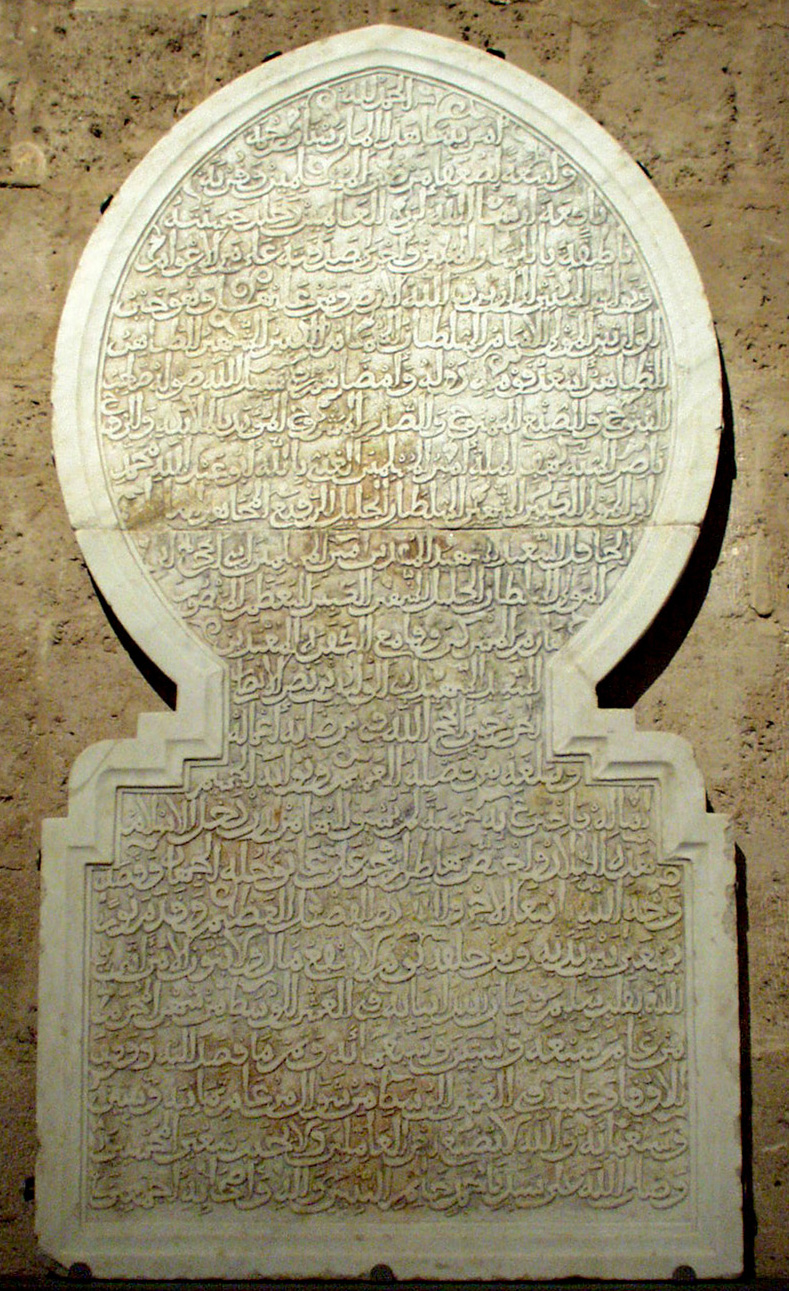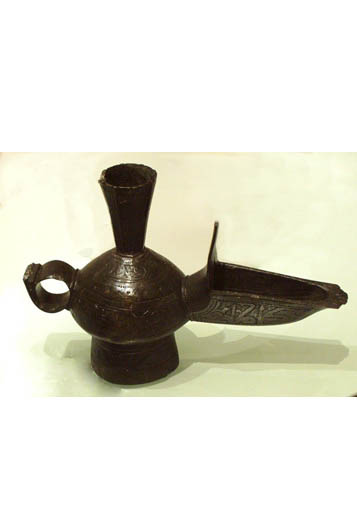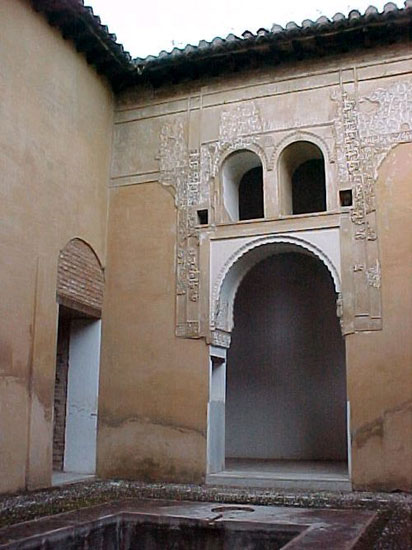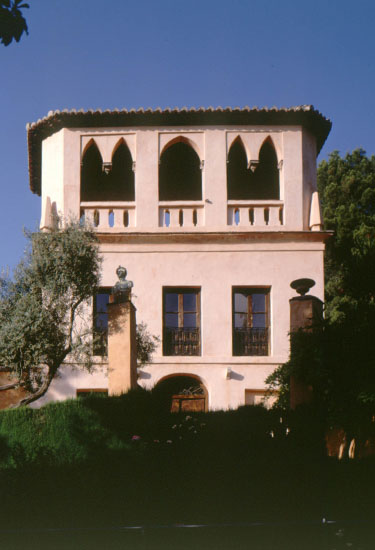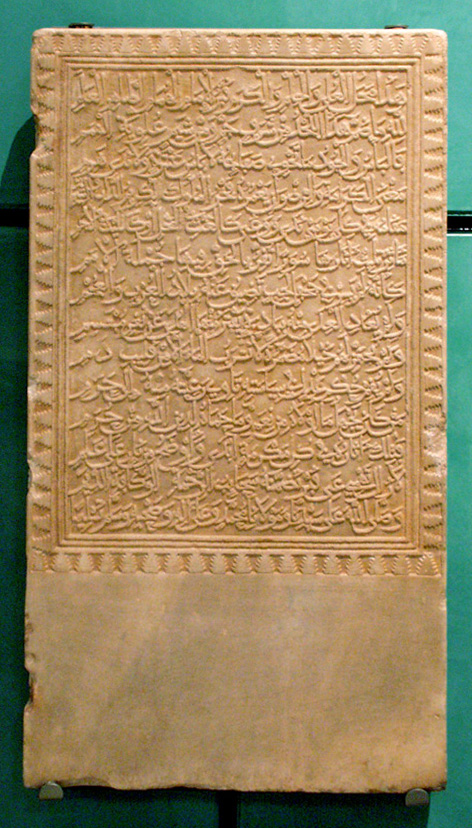Dish with three feet
Ceramics were very highly regarded in Hispano-Muslim society where they came to represent high social status, so beginning a long tradition of use in palace decoration. The ceramics used to symbolize high social standing required the most advanced technology and exceptionally skilled craftsmen to ensure the fine quality demanded of them.
The role awarded to ceramics by Muslim society as a marker of social status was unparalleled in earlier periods in history.
Since classical times, the dishes symbolizing power and high status had been made of precious metals, while pottery was something of very generalized, everyday use which did not signify any kind of social distinction.
It seems that the forerunner of lusterware was a technique for gilding glass used by the Romans, by the Copts in Egypt and later in Damascus (Syria). This technique may have been used in the Abbasid Calpihate of Baghdad to develop a ceramic that imitated gold. Its highly complex production process and prohibitive cost soon made it an exceptional, highly coveted piece which became associated with power and the top ranks on the social scale.
The dish we will be studying this month is the R 420, a piece of a tableware used in the Nasrid Court. The dish has three feet, an unusual feature, and the base is completely covered with a geometric design with six rows of interlinked stars. The stars are blue and the shield-shaped (zafate) gaps between them are white.
The edge is ornamented with semi-circular motifs which have lost their golden decoration and a semicircle of atauriques. The spandrels between the semi-circular shapes are also decorated with the same kind of ataurique palm leaf motifs.
Ms Francisca Viedma Moreno
Time: Saturdays at 12 h
Place: Room VI, Museum of the Alhambra, Palace Charles V





 Contact
Contact






